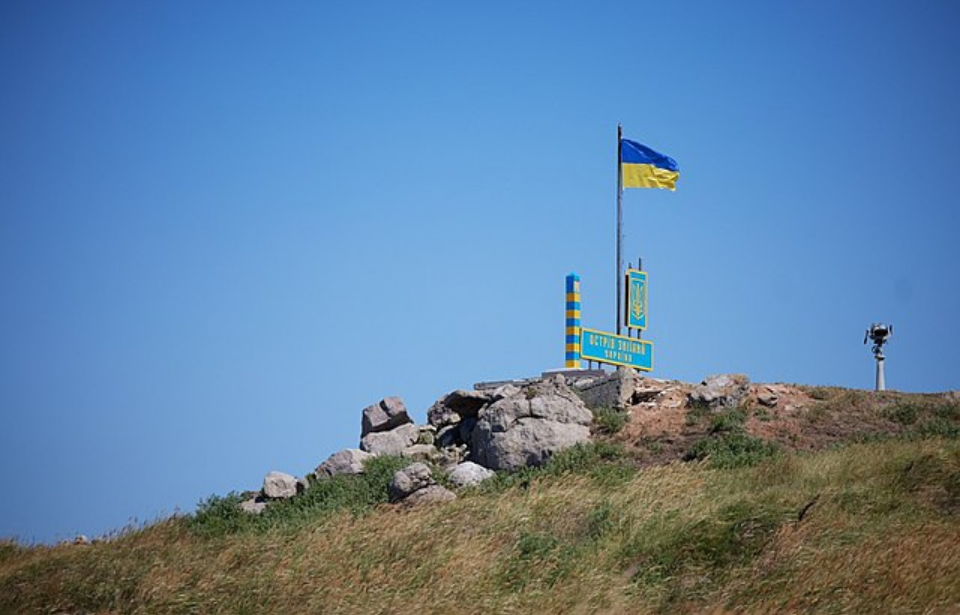One of the most contentious places in Eastern Europe is Snake Island. Located 30 miles off the southern coast of Ukraine in the Black Sea, it’s seen numerous nations lay claim to it over history. Following the collapse of the Soviet Union, Ukraine was given control of the island, much to the contention of both Russia and Romania.
Snake Island and the Russo-Turkish wars
In 1788, the Greeks called the island “Fidonisi,” after the Battle of Fidonisi between the Russian and Ottoman fleets during the Russo-Turkish War of 1787-92.

The Ottomans lost control of the island to the Russian Empire during the Russo-Turkish War of 1828-29. Following the Russo-Turkish War of 1877-78, the Ottoman Empire gave the island and the Northern Dobruja region to Romania, as reimbursement for Russia’s annexation of the country’s Southern Bessarabia region.
World War I and the interwar period
During World War I, Russia operated a wireless station on Snake Island, which was permitted through its alliance with Romania. However, the station, along with a lighthouse built in 1860, was destroyed in June 1917 after the Ottoman cruiser Midilli bombarded the island.
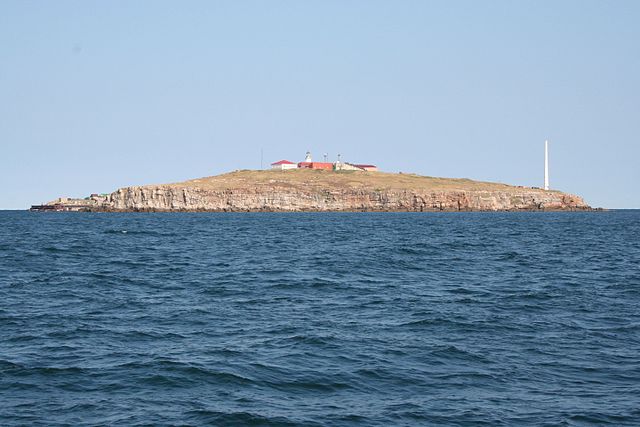
Following the war, the island remained part of Romania under the Treaty of Versailles. In 1922, the lighthouse was rebuilt.
Snake Island’s role during World War II
Snake Island was still under Romanian jurisdiction at the onset of World War II. A radio station was constructed upon it, for use by the Axis powers. However, given its ties to those nations, both the island and station became a target for the Soviet Black Sea Fleet. To defend it, the Romanians armed its forces with captured Russian 122 mm and 76 mm anti-aircraft guns, as well as an additional 37 mm anti-aircraft guns, two anti-aircraft machine guns and two 45 mm coastal guns.
The first incident occurred in June 1941, when the Soviet destroyers Kharkov, Smyshlyonyi and Bezposhchadny, along with several torpedo boats, conducted a patrol near the island. Similar operations occurred the next month when the Soviet destroyer Tashkent and four others conducted a sweep, followed later by a patrol by two Shchuka-class and three M-class submarines.
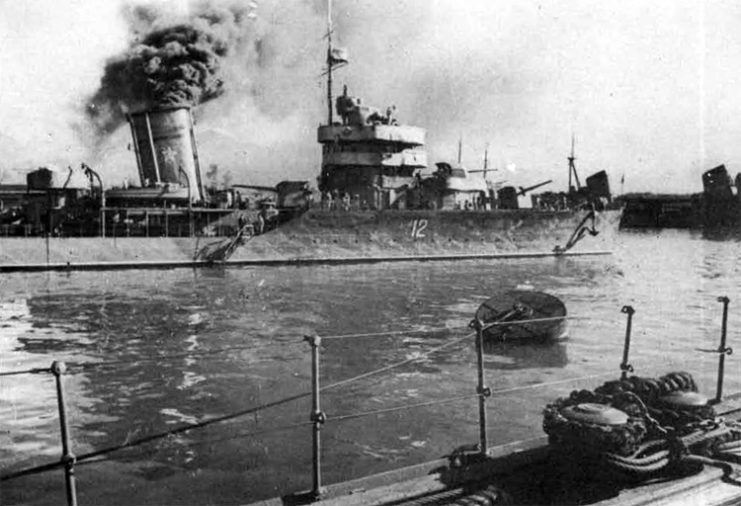
Concerned over the increase in Soviet patrols, the Romanians and Germans laid mine barrages around Snake Island, which came in handy during a Soviet bombardment in December 1942. While Soviet vessels were able to damage the island’s radio station, lighthouse and troop barracks, the cruiser Voroshilov was damaged by the Romanian mines. This was followed just over a week later by the sinking of a Soviet submarine after it struck the minefield.
Romanian troops lost control of Snake Island in August 1944. After all personnel had been safely evacuated, Soviet troops took over.
The island falls under Soviet control for decades
Under the Paris Peace Treaties of 1947, Romania was forced to cede a large portion of its territory to the Soviet Union. However, both Snake Island and the mouth of the Dunabe were not mentioned, meaning both remained part of the country until 1948. It was at this time that the USSR and Romania signed a protocol placing them under Soviet administration, despite later reports that the deal was never ratified.
That same year, the Soviets erected a radar post on Snake Island for both anti-aircraft and naval use.
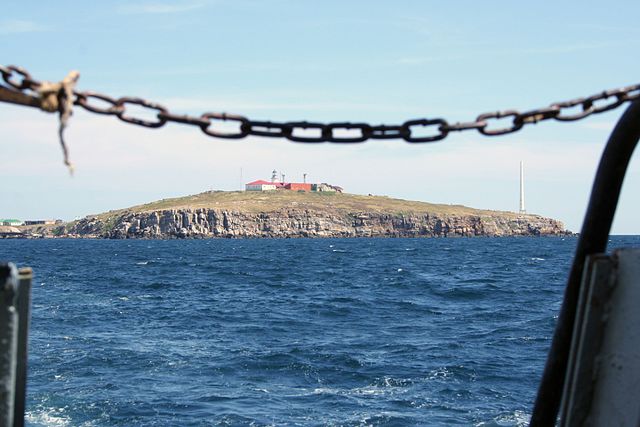
Soviet control of the island was confirmed in February 1961 with a treaty between the USSR and Romania, and from 1967-87 the two countries negotiated the delimitation of the continental shelf. Following the collapse of the Soviet Union in 1991, control of Snake Island was transferred to Ukraine, despite a number of Romanian organizations and government parties claiming it should be returned.
In 1997, the nations signed a treaty, in which both “reaffirm that the existing border between them is inviolable and therefore, they shall refrain, now and in [the] future, from any attempt against the border, as well as from any demand, or act of, seizure and usurpation of part or all the territory of the Contracting Party.”
Russian takeover of Snake Island following the 2022 invasion of Ukraine
On February 24, 2022, two Russian Navy warships – the Vasily Bykov and Moskva – attacked Snake Island. In response to a transmission from one of the vessels, a Ukrainian border guard responded, “Russian warship, go f**k yourself,” a phrase that later became a symbol of Ukraine’s resilience and resistance. The island was eventually taken over by Russian forces, with Ukrainian military personnel taken into custody.
The island is a key strategic position in the Black Sea, as it’s only 185 miles from Crimea, which Russia annexed in 2014. It is also a symbol of Ukraine’s maritime territorial claims, which many believe is the primary reason Russian forces targeted it early into their invasion of the country.
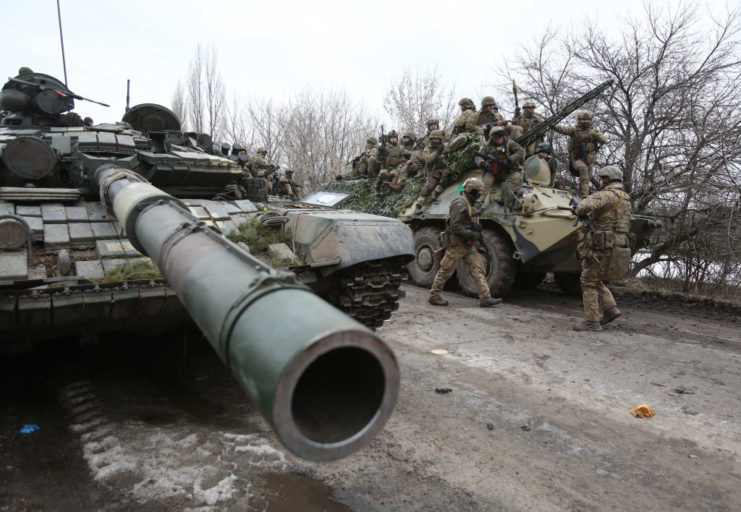
More from us: How the Russians Made the Kremlin “Disappear” During WWII
On February 26, 2022, Ukrainian officials announced that the Sapphire, a civilian search and rescue vessel, had been captured off the coast of Snake Island. Just under a month later, a prisoner exchange was conducted, resulting in the freeing of 19 Ukrainian sailors, including the Sapphire‘s crew.
